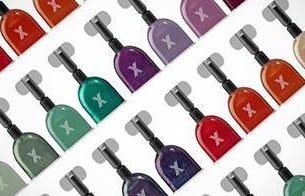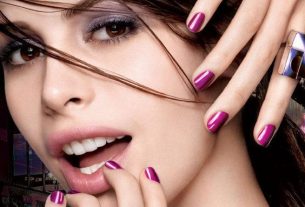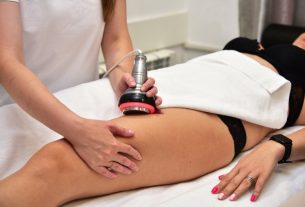Hair transition consists of abandoning chemicals and adopting natural hair and these tips will help you get your hair back.
Lately, hair transition has been gaining more and more fans, which is very good. But there has never been as much talk and information sought about this subject as during this period of quarantine. Apparently, everything that is happening is making a lot of people get in touch with themselves and question why they adopt certain behaviors.
We know that for a long time, the beauty standard imposed that beautiful hair was straight hair. This caused thousands of women, and men too, to hide their features and origins by straightening their hair. Fortunately, this thought is gradually losing strength, and more and more people are adopting their natural hair for good, be it frizzy, curly or curly.
Hair transition involves much more than accepting your hair as it is, but it is also a journey of self-knowledge and, above all, self-acceptance. The hair transition becomes a revolutionary act, of liberation from standards and concepts imposed a long time ago.
However, despite this, many people who want to make a hair transition don’t really know how to start. Therefore, today we will better understand what hair transition is and learn tips to begin the process of freeing your hair.
Hair transition
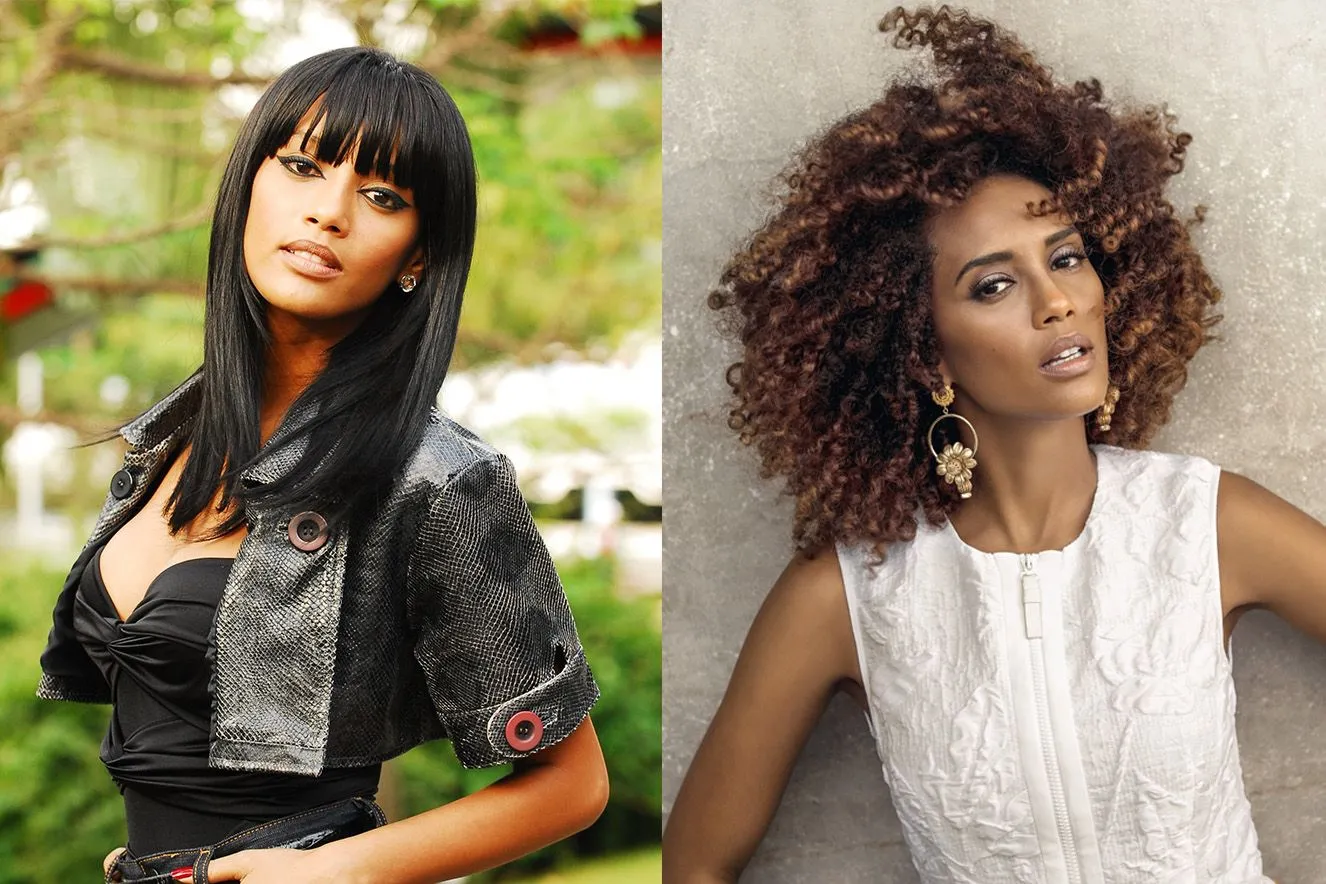
First of all, we need to understand what hair transition is. We are talking about a process where a person makes the decision to completely abandon any type of straightening or chemicals. In other words, returning to your natural hair.
Therefore, for many people who straighten their hair for a long time, making a hair transition can be a moment of self-discovery. Get to know your hair and roots again as they really are, their texture, color and shape.
The most common hair transition is from rigidly straightened strands to frizzy, curly or curly hair. But it can also be about returning the natural color and texture of the hair.
We can say that it is a very liberating and empowering process. However, it takes time, patience and a lot of care. After all, it doesn’t happen overnight that hair straightened for years will return to its natural shape.
Starting a hair transition requires courage and determination, but also technical knowledge, even if basic.
Frequently asked questions about hair transition
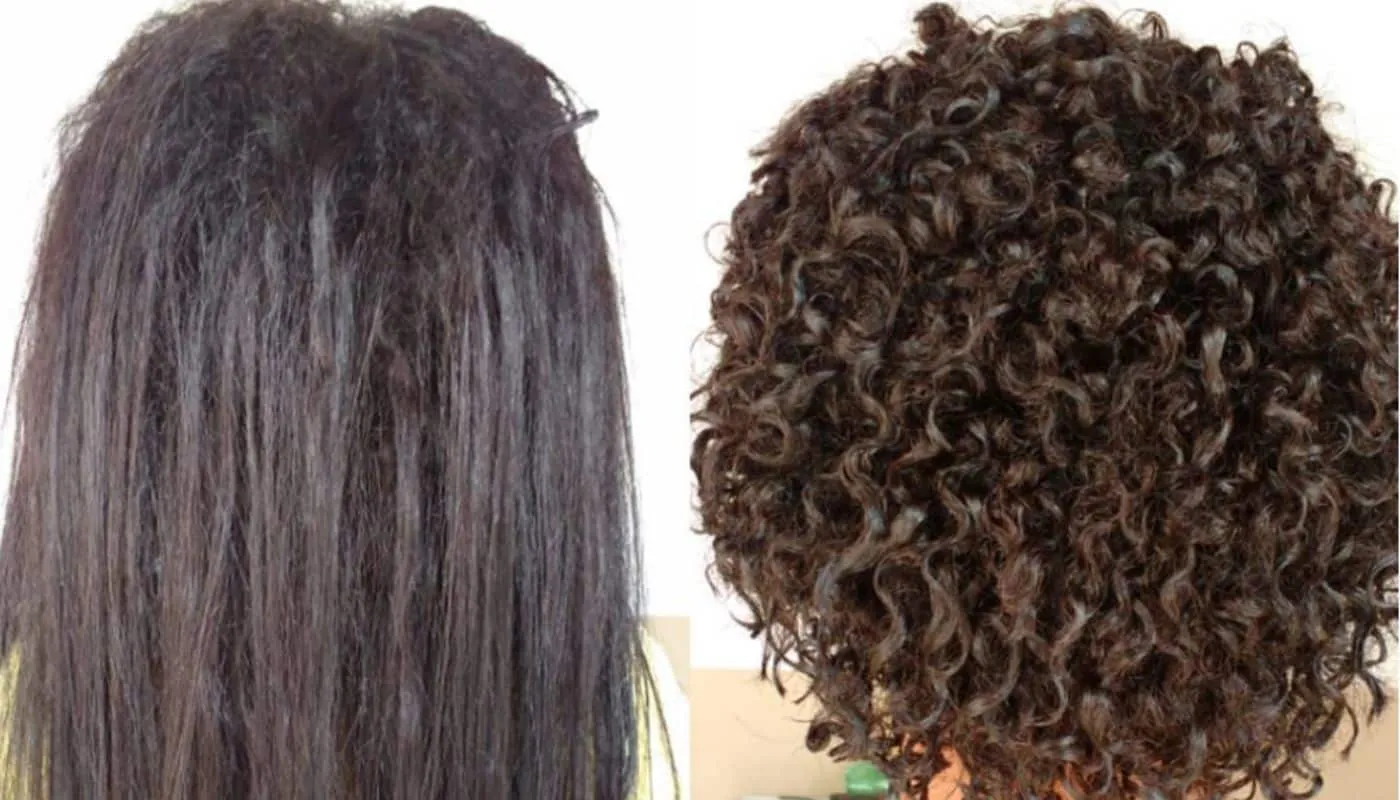
So, after finding out what it is, many questions arise about hair transition. Such as:
Is there a right way to transition hair for each hair type?
Not necessarily, there are three ways to make a hair transition. These do not depend on the type of hair, but rather on the choice of the person who will wear natural hair.
The first of them is the big chop, which consists of cutting all the hair with chemicals. It’s a bold move, as it often involves leaving your hair very short. It may not be the best option for those who are used to longer locks, because it will be a very radical change.
There is also hair texturization, which consists of a process to change the shape of the hair, but without using any chemical products. This modality is done by applying specific products, strand by strand with the aim of curling the straightened part of the hair. It is a good option to reduce the contrast between the natural hair that is growing and the straightened part.
And also through the hair schedule, which is nothing more than a care routine that aims to treat the hair naturally until all the chemicals leave the hair.
Duration?
As previously stated, it is not a quick process. But it doesn’t have a specific duration. The hair transition is complete when there is no longer any part of the chemically treated hair left. Therefore, it depends on several factors, such as hair growth time and hair care. In the case of those who opt for the big chop, it may be a little faster.
Is there an age to make a hair transition?
No, anyone can do it at any age, just want to.
What not to do during the process?
Firstly, do not use any type of chemicals, as the idea here is to leave your hair natural. Another thing that should be avoided is the use of heat tools, such as a hair dryer and straightener. In addition to bleaching powder and letting a lot of products accumulate in your hair.
What are the specific precautions?
The recommendation is to create an effective hair schedule, prioritizing products suitable for your hair type during and after the transition.
10 steps to a successful hair transition
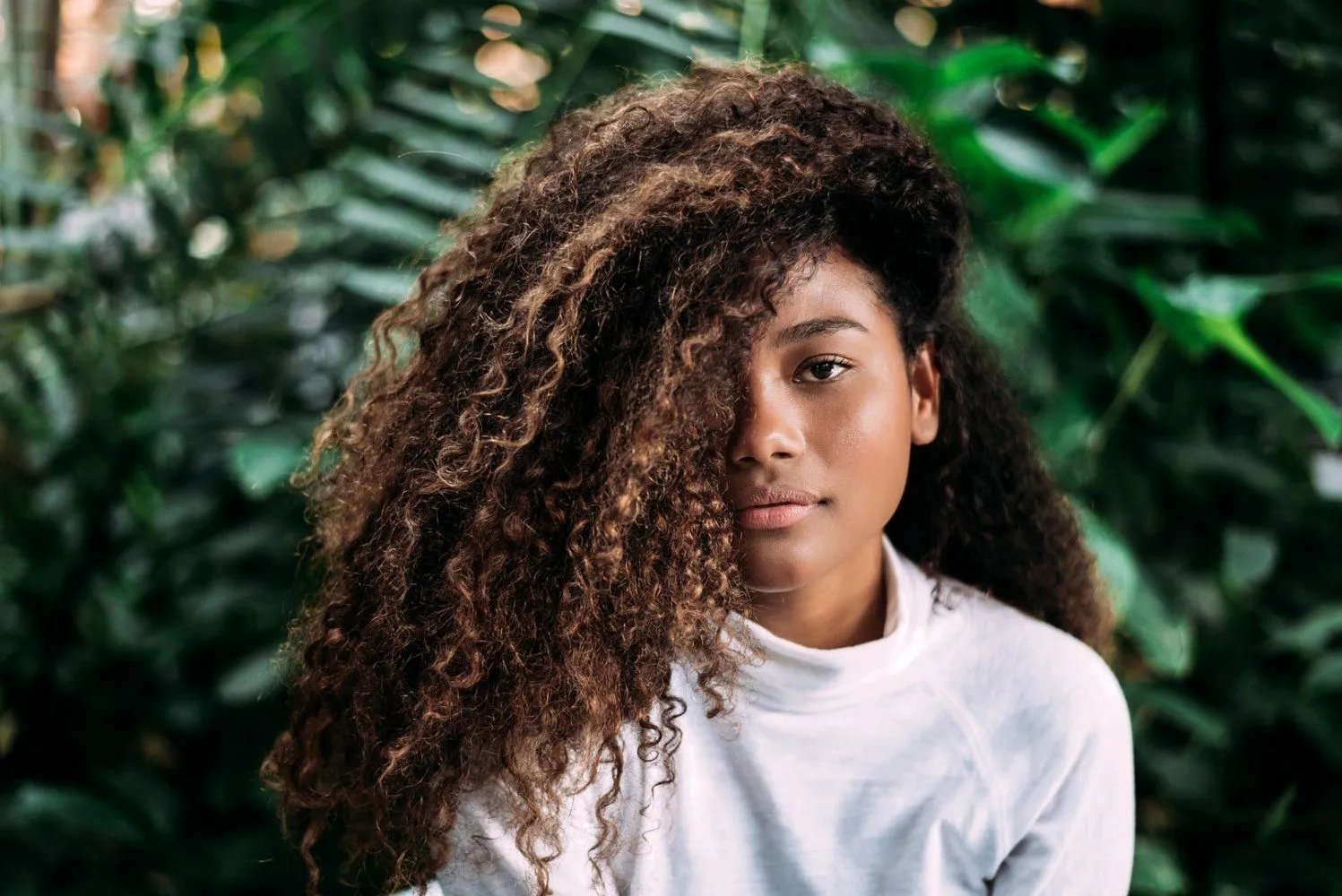
Having clarified the main doubts, let’s move on to the practical part of how to make a hair transition. First of all, it is very important to use specific products for your hair type, so as not to further damage chemically altered hair. And this involves a constant care routine to achieve your natural hair, and mainly to keep it healthy and beautiful.
1 – Washing the wires
After straightening your hair for a long time, it is normal for the scalp to become inflamed and weakened, which impairs growth and oiliness. Therefore, to balance the scalp again, the ideal is to use shampoos with moisturizing action and that produce little foam.
Furthermore, while washing, give the scalp a long massage, this stimulates blood circulation in the region and improves hair growth. And avoid going too long without washing your hair, the ideal is to wash it every three days at most.
2 – Stop using hot tools
From the moment a person decides to make a hair transition, they are aware that they will have to stop using brushes, straighteners and curling irons. In addition to going against the transition, these procedures will only damage the hair even more, as they remove the cuticles, which protect the hair. Therefore, the ideal is to let your hair dry naturally, even to begin to familiarize yourself with its texture.
3 – Don’t tie your hair up
During this process, the ideal is not to tie your hair or at least do it as little as possible. This is because the thread is very thin and breaks easily,
4 – Cut frequently
In this case, the best option is to do a dry cut, as this helps to remove weight from the hair and improves its definition. This helps to give more movement to the chemical part. Additionally, maintaining a cutting schedule is also very important. It is recommended to cut your hair every four months.
5 – Hydration
Hydration is important in all cases, but before and during the hair transition it is even more necessary. This is because chemically straightened hair can have sealed cuticles or be extremely porous, hence the need to keep it hydrated.
In this case, the ideal is to moisturize every time you wash your hair, preferably with products with natural compounds, such as vegetable oils and butters. Remembering that good hydration requires good knowledge of your hair. Only then will you know what your specific needs are.
6 – No hair reconstruction
Hair reconstruction is very good for treating hair, but in the case of hair transition it can end up hindering the process. This is because reconstruction tends to stiffen the hair, which impairs the formation of curls, which need to be malleable to be defined.
7 – Untangle correctly
The transition process involves a greater risk of breaking the hair when combing it. This happens because the division between the straight part and the natural part is the most vulnerable region of the hair. So, to avoid breakage, the ideal is to use a comb with wide teeth to reduce friction.
Furthermore, it is important to comb and untangle your hair very carefully and delicately. This should be done with the hair even wetter. So, the correct thing to do is to start combing your hair from the ends, gradually working your way up to prevent knots from accumulating along the length of your hair.
8 – Do it in your own time and however you feel comfortable
Making the big chop cut can even help the transition happen faster. However, it is an option that greatly affects the self-esteem of some women. So, if this is your case, start the transition by changing your routine and learning how to take care of your hair on your own time. Cutting straightened hair on impulse can be an attitude that causes regret and perhaps even leads the person to straighten it again. So, start slowly.
9 – Bet on finishing
Finishing is a very important part of hair care, as it helps to improve the appearance of the ends. Therefore, from the conditioner to the leave-in, do a fit, which is nothing more than massaging the strands of hair well and separating them with your fingers, without using a comb or brush. In this way, the fit helps to align the hair, leaving the curls defined and frizz-free.
10 – Definition of curls
The ideal way to leave your curls well defined is to apply the finisher when your hair is wet. In addition to becoming fuller, it helps to maintain its shape and the hair does not feel weighed down. Finally, with your head down, press your hair upwards repeatedly to enhance definition. Finally, use a towel to finish removing excess water from your hair, and let it dry naturally.
Celebrities who adopted their natural hair
And finally, a list of some celebrities who made hair transitions to inspire you.
Juliana Paes

Mix

Behind
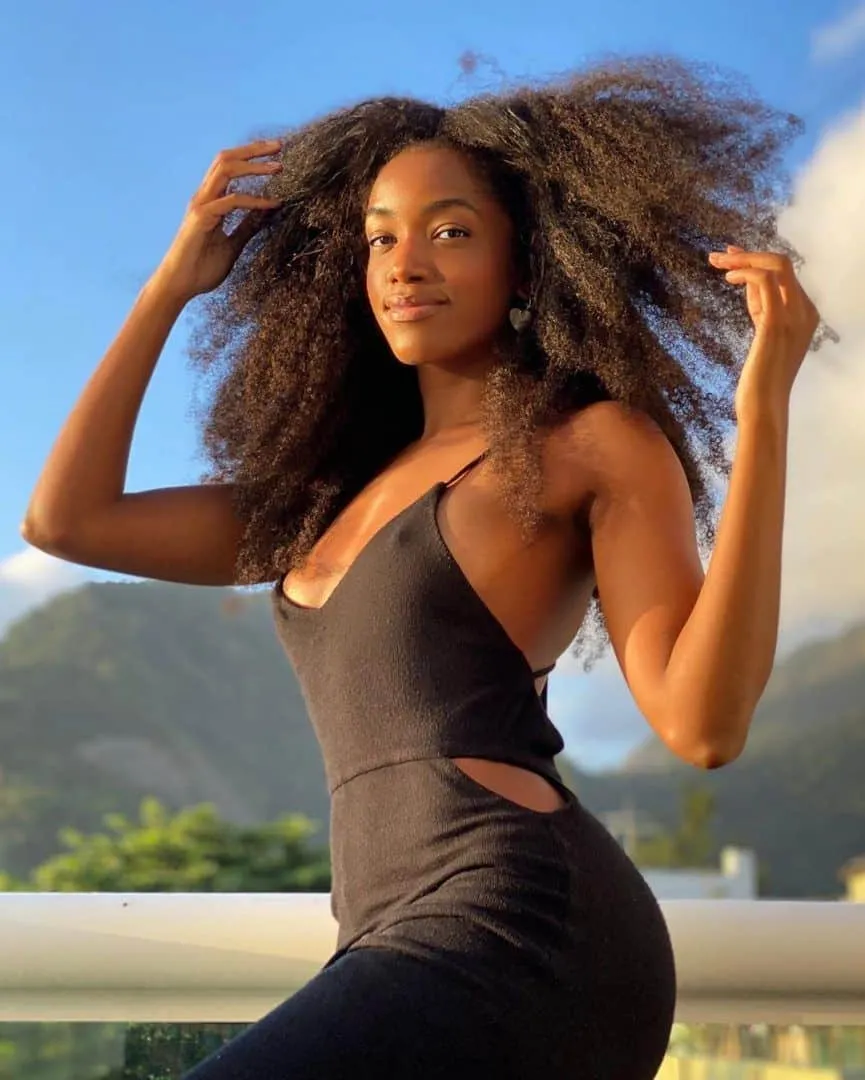
Ludmila

Kefera
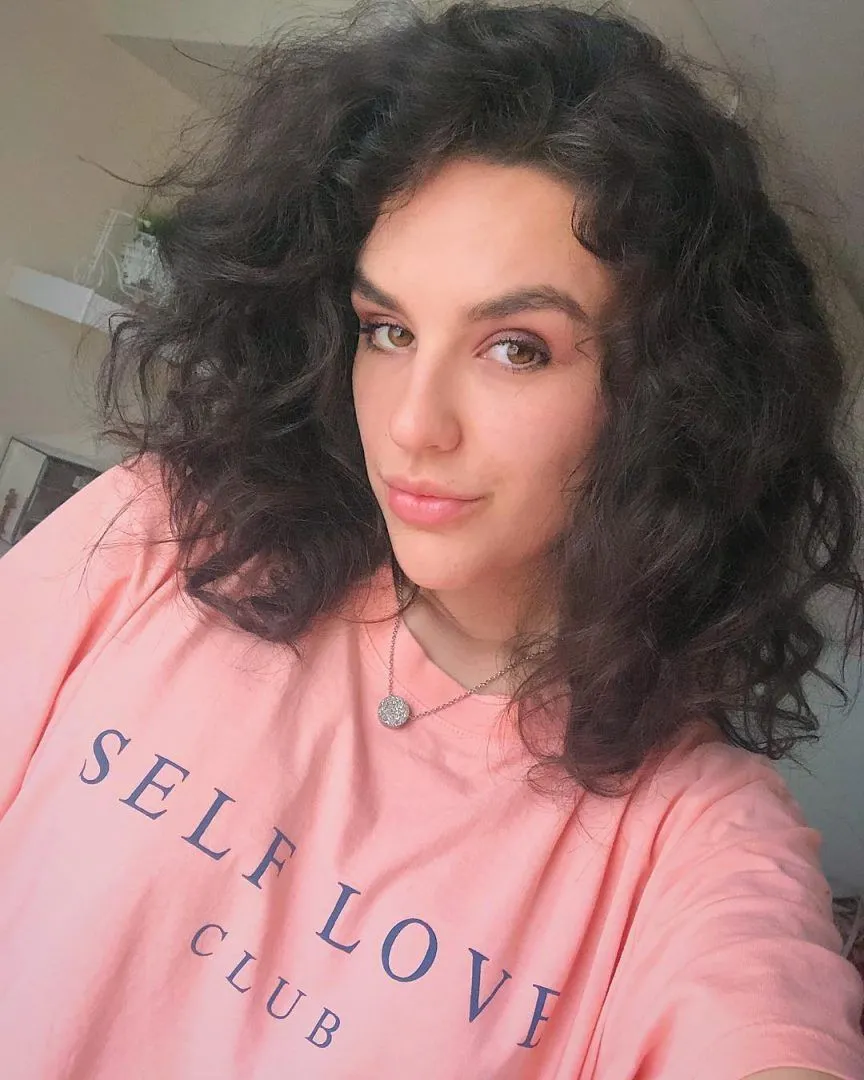
Brunna Gonçalves
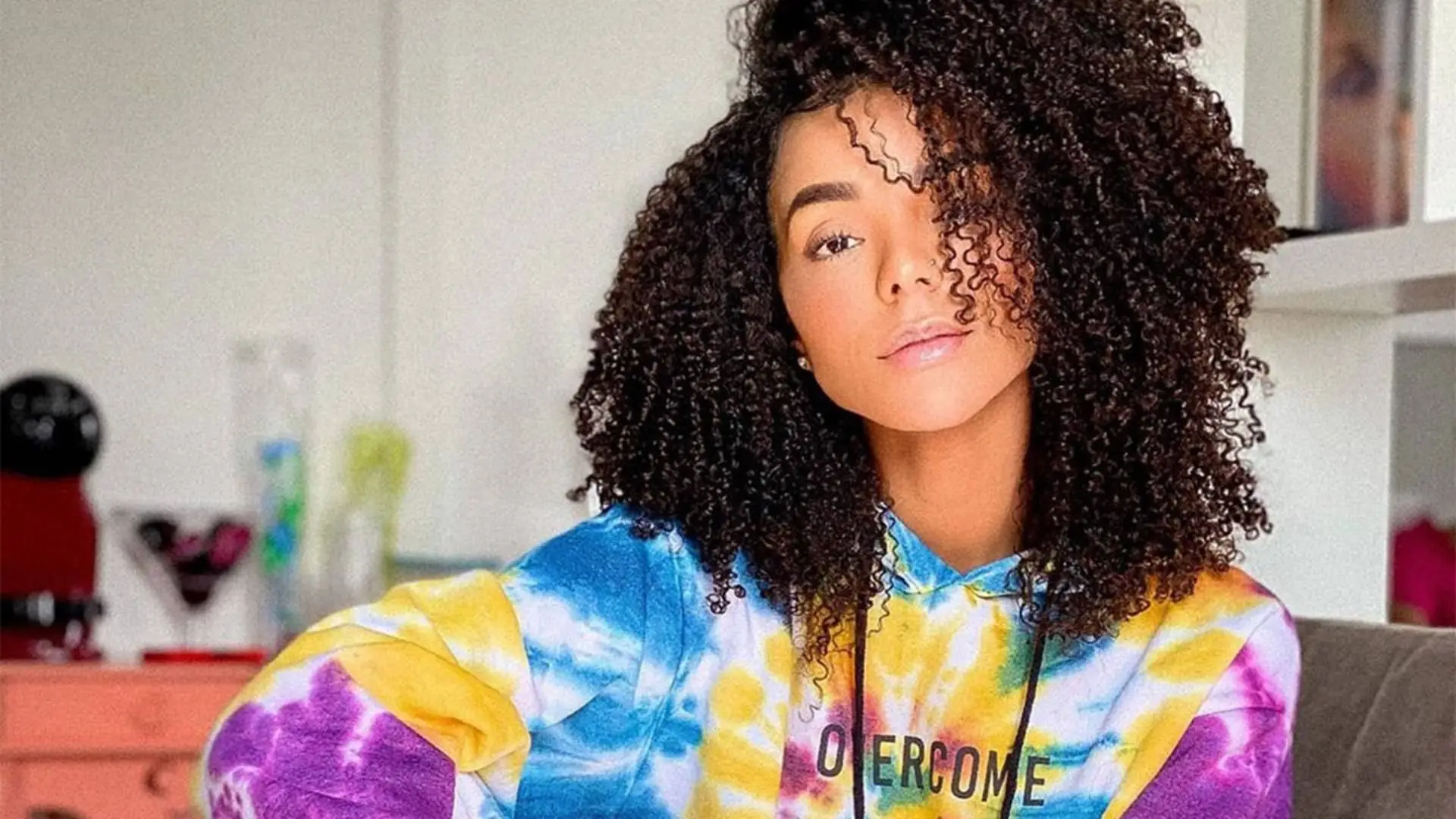
Giovana Cordeiro

Anyway, what did you think of this article? In fact, take the opportunity to also check out 7 reasons to inspire you to leave your locks natural.
Sources: Metrópoles Help Me with the Transition Steal The Look Costa Norte Hypeness
Featured image: Haskell
Images: Claudia Vix IGOOD Ricmais Pinterest O Dia Capricho Estadão R7 R7

Sign up for our newsletter and stay up to date with exclusive news
that can transform your routine!
Warning: Undefined array key "title" in /home/storelat/public_html/wp-content/plugins/link-whisper-premium/templates/frontend/related-posts.php on line 12
Warning: Undefined array key "title_tag" in /home/storelat/public_html/wp-content/plugins/link-whisper-premium/templates/frontend/related-posts.php on line 13


